Introduction:
When it comes to ensuring a comfortable and sound sleep for children, whether at home, during a sleepover, or while camping, sleeping bags for kids play a pivotal role. These cozy cocoons not only keep children warm and comfy throughout the night but also add an element of fun to bedtime with their vibrant designs and themes. This article delves into the various aspects of choosing the right sleeping bag for your child, highlighting types, materials, and essential features to consider.

Understanding the Types of Sleeping Bags for Kids
Sleeping bags for kids come in various shapes and styles, catering to different needs and preferences. The most common types include:
- Rectangular Sleeping Bags: Offering ample space, these are perfect for kids who tend to move a lot in their sleep. They can often be unzipped fully to double as a blanket.
- Mummy Sleeping Bags: These are designed to hug the body closely, providing excellent warmth retention. They are ideal for colder environments.
- Themed Sleeping Bags: Featuring favorite characters from cartoons, movies, or books, themed sleeping bags make bedtime fun and can help ease the way into sleep for reluctant sleepers.
Selecting the Right Material
The material of a sleeping bag directly impacts its comfort, durability, and ease of cleaning. Here are the most common materials used:
- Synthetic: Synthetic sleeping bags are affordable, easy to clean, and dry quickly. They also offer good insulation, even when damp.
- Cotton: Cotton sleeping bags are soft and comfortable, making them ideal for indoor use or warm weather. However, they are heavier and not suitable for damp conditions.
- Down: Down-filled sleeping bags are lightweight and have excellent insulation properties, perfect for cold environments. They are more expensive and require special care for cleaning.

Key Features to Look For
When shopping for sleeping bags for kids, consider these essential features:
- Temperature Rating: Choose a sleeping bag with an appropriate temperature rating for the intended use. A lower rating means better insulation for colder climates.
- Weight and Portability: For camping or hiking, opt for a lightweight and compact sleeping bag that’s easy for a child to carry.
- Zippers: Look for sleeping bags with durable zippers that are easy for kids to use. Double-sided zippers are great for ventilation.
- Hood: A hooded sleeping bag provides extra warmth and comfort, especially in colder conditions.
Safety Considerations
Safety is paramount when selecting sleeping bags for kids. Ensure the sleeping bag is the correct size to prevent slipping and entanglement. For younger children, avoid sleeping bags with cords or drawstrings to reduce the risk of choking. Always follow the manufacturer’s guidelines for use and care to ensure the sleeping bag remains safe and functional.
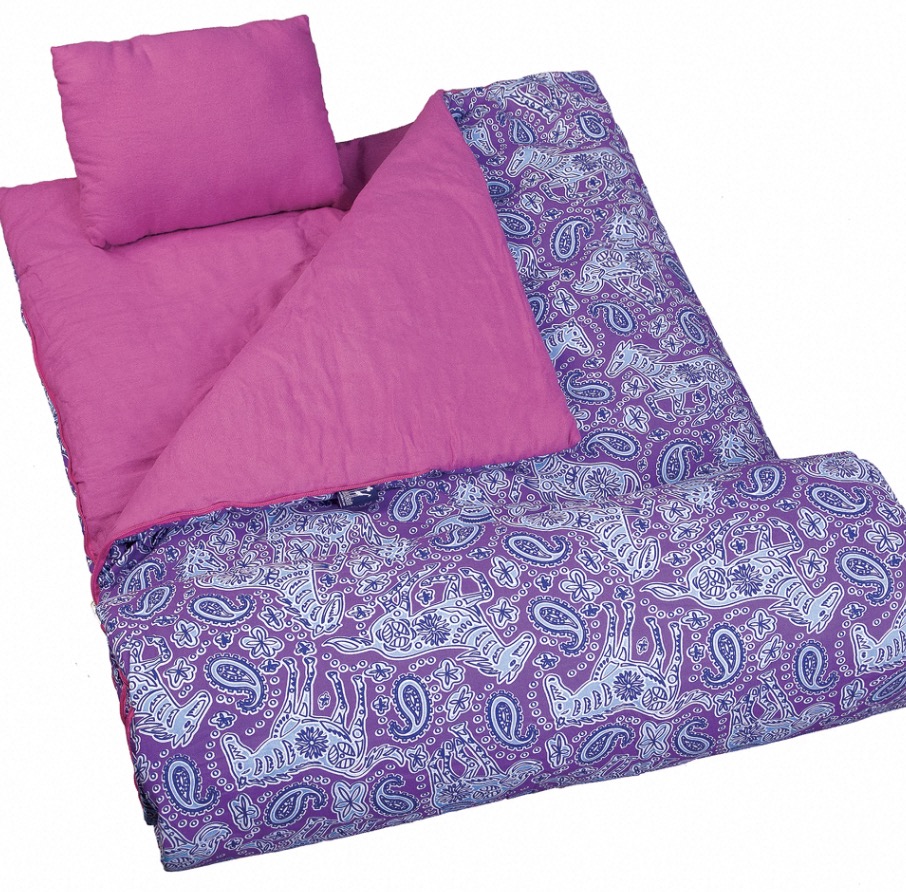
Maintaining Your Child’s Sleeping Bag
Proper maintenance can significantly extend the lifespan of a sleeping bag. Here are some tips for care:
- Regularly air out the sleeping bag to prevent odors.
- Follow the cleaning instructions provided by the manufacturer. Some sleeping bags are machine washable, while others may require hand washing.
- Store the sleeping bag properly when not in use, preferably in a dry, cool place. Avoid storing it compressed to maintain its insulation properties.
Making Sleeping Fun with Themed Sleeping Bags
Themed sleeping bags can make bedtime an adventure for kids, encouraging imaginative play and making sleepovers or camping trips exciting. From astronauts to princesses, there’s a vast array of themes available to match every child’s interests. These sleeping bags often become cherished items that kids look forward to using.
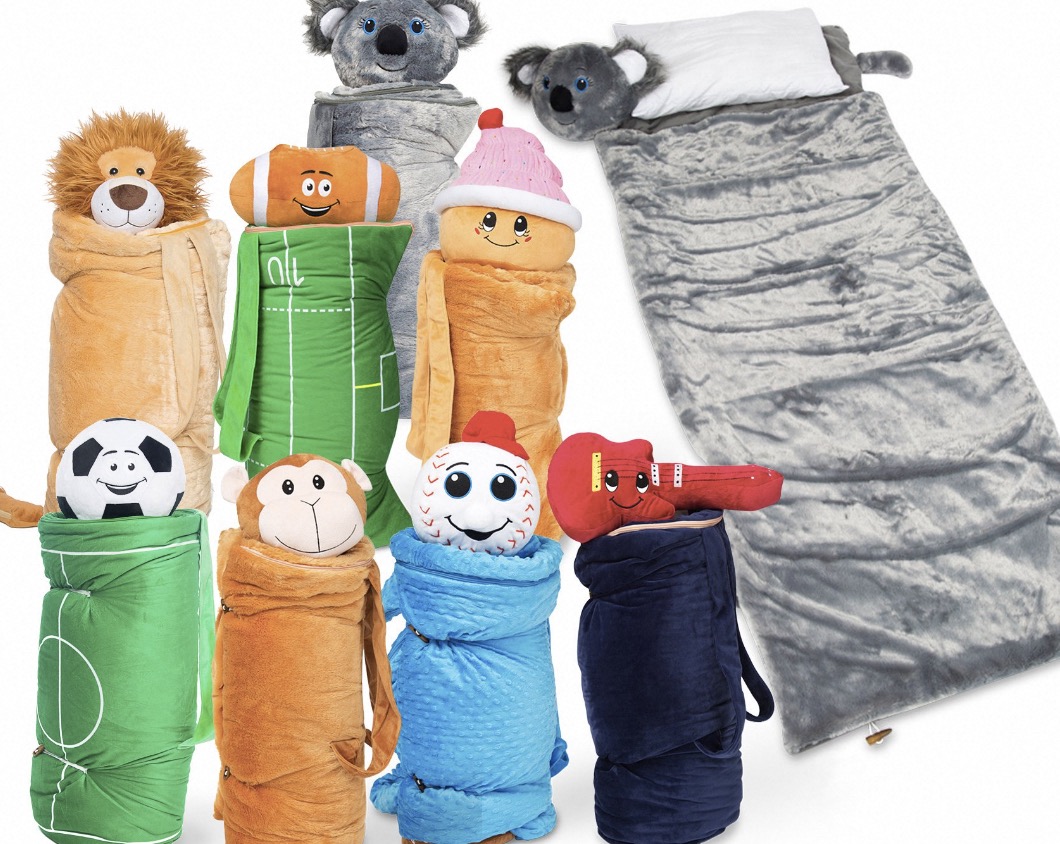
Incorporating Sleeping Bags for Kids in Various Settings
Sleeping bags for kids serve multiple purposes beyond the traditional camping trip. They are excellent for sleepovers, making any night away from home feel like a special event. You can also use them for family movie nights, creating a snuggly spot right in the living room. For kids who have anxiety about sleeping alone, a favorite sleeping bag can provide a sense of security and make the transition easier.
Choosing Sleeping Bags for All Seasons
Depending on where you live and your family’s lifestyle, you may need different sleeping bags for different seasons. For summer sleepovers or camping, a lightweight sleeping bag with a higher temperature rating will provide comfort without overheating. For winter, a lower temperature-rated sleeping bag with better insulation will keep children warm against the chill. Some sleeping bags are also designed to be all-season, with adjustable features to adapt to varying conditions.
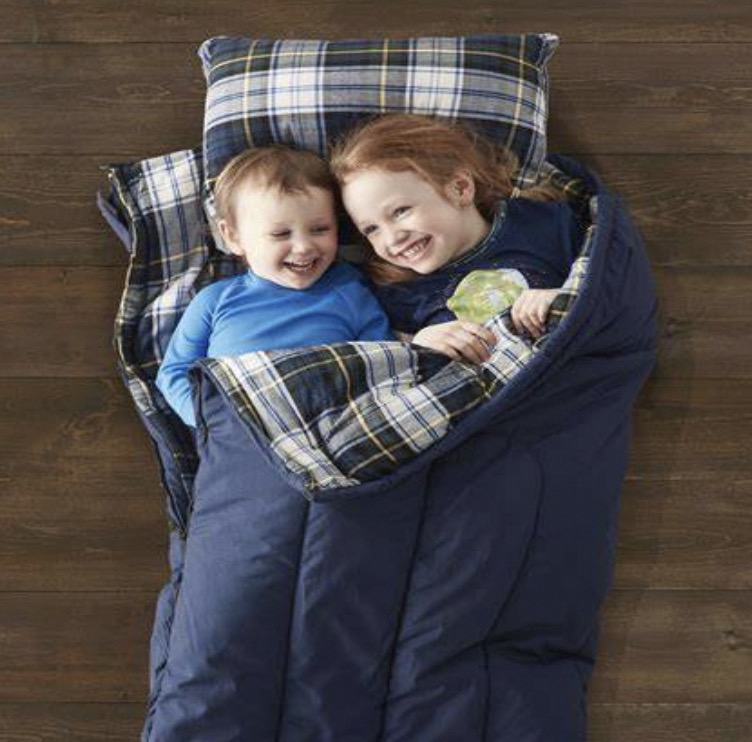
Sleeping Bags for Kids and Educational Opportunities
Sleeping bags for kids can also be educational. For example, sleeping bags featuring animal or space themes can spark conversations and interest in biology or astronomy. Parents can use these themes as a starting point for educational stories and discussions, turning bedtime into an opportunity for learning.
Adventurous Designs to Stir Imagination
Manufacturers often equip kids’ sleeping bags with imaginative designs that do more than just provide a place to sleep. They can have built-in pockets for flashlights or glow-in-the-dark features that light up the night. Some are even shaped like animals or spaceships, turning the sleeping bag into a playtime prop during the day and a cozy retreat at night.
In conclusion, sleeping bags for kids are versatile accessories that can enhance various aspects of childhood, from sleep to play to learning. When choosing the right sleeping bag, it’s important to factor in the setting, seasonal needs, and your child’s preferences. A well-selected sleeping bag can become a beloved companion for your child, offering comfort and sparking imagination in any situation. With safety as a priority and proper care, a child’s sleeping bag is a long-term investment in their happiness and well-being.
Conclusion:
Sleeping bags for kids are much more than just a bedding option; they are a gateway to comfort, adventure, and sweet dreams. By considering the type, material, and features of a sleeping bag, parents can ensure their child enjoys a cozy and safe sleep, whether at home or under the stars. With the right care, a quality sleeping bag can accompany your child on many nighttime adventures, creating lasting memories of comfort and fun.
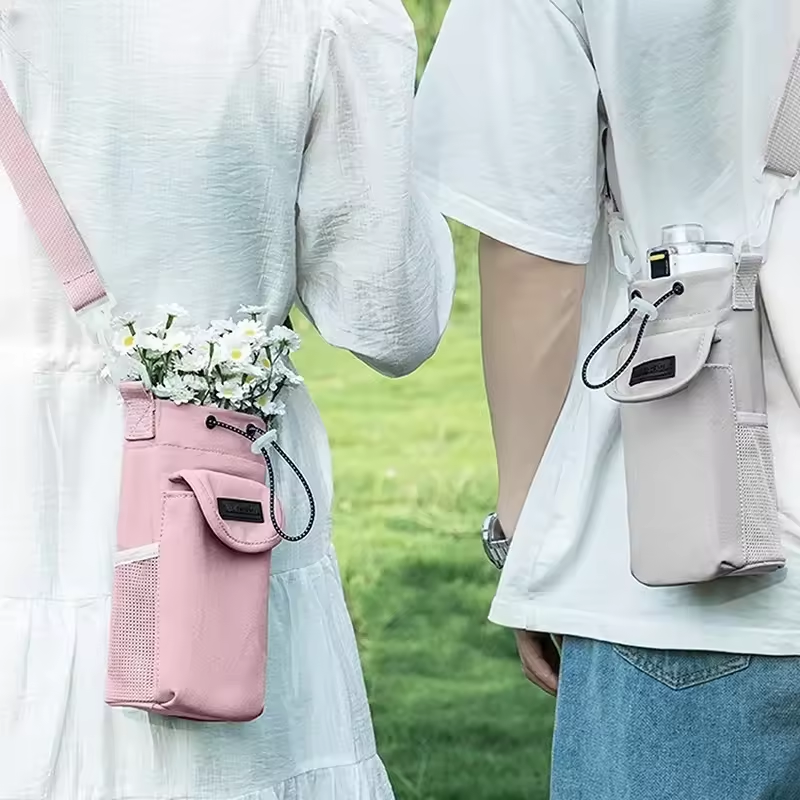

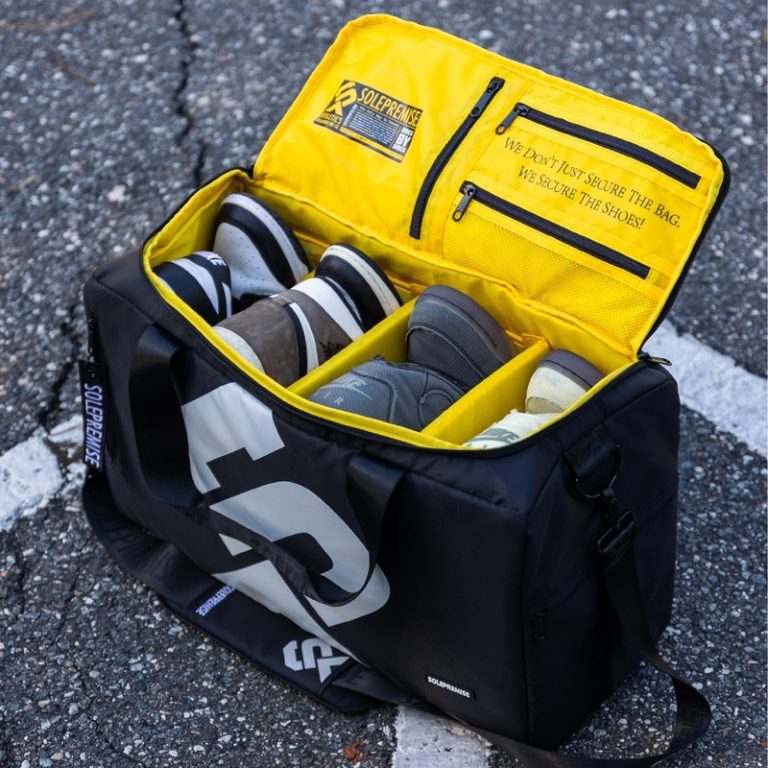



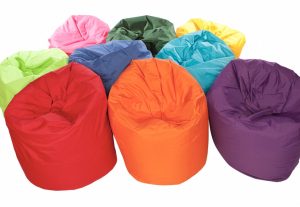





+ There are no comments
Add yours